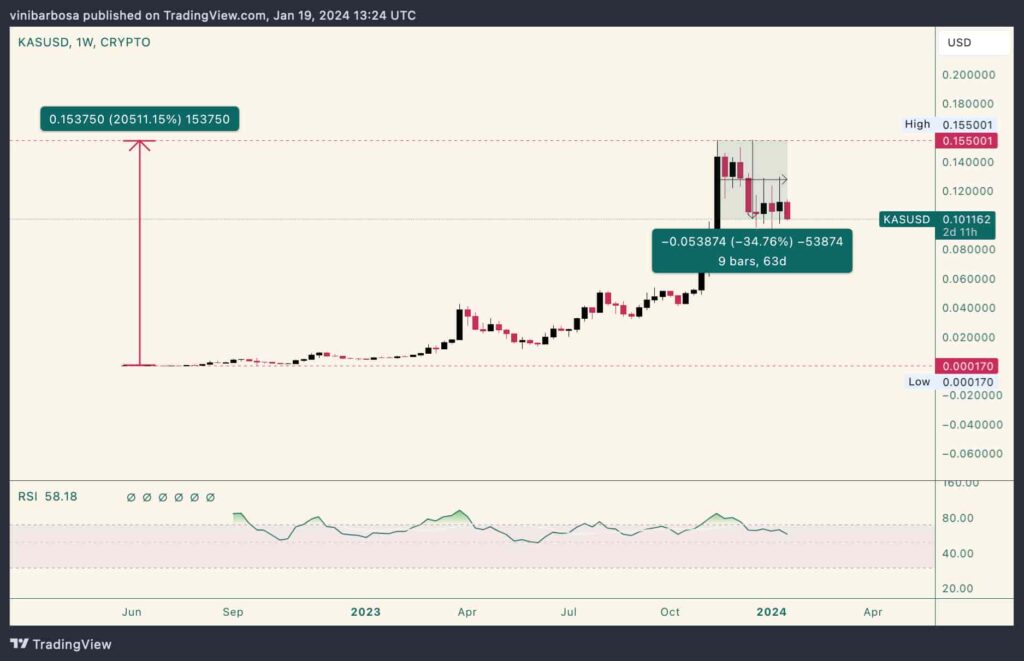Trading cryptocurrencies is a risky endeavor, considering its mostly experimental nature and the high volatility in the cryptocurrency market. Knowing which cryptocurrencies to avoid trading is an important part of a good risk management strategy to improve results.
In this context, key indicators can provide valuable insights and red flags, whether for the short or long term. The Relative Strength Index (RSI), regulatory changes, supply inflation and token unlocks, and demand forecasts are among them.
For this report, Finbold retrieved data from different sources to identify three cryptocurrencies to avoid trading next week. In particular, Binance USD (BUSD), Injective (INJ), and Kaspa (KAS).
Avoid trading with BUSD due to February uncertainties
In February 2023, the New York Department of Financial Services ordered Paxos to stop issuing the stablecoin BUSD. This decision came amid a lawsuit against the cryptocurrency exchange Binance, the token’s issuer in partnership with Paxos.
In November, Binance made a blog post explaining the BUSD would be fully redeemable until at least February 2024:
“Paxos has stated that BUSD will remain supported by Paxos and redeemable through at least February 2024.”
— Binance
The ability to properly exchange Binance’s stablecoin for U.S. Dollars after February is uncertain. Therefore, this market turmoil could directly affect the token, which speculators should avoid trading for proper risk management.
Avoid trading Injective (INJ) this weekend
This weekend, the Injective team will receive over $125 million of INJ from its vesting period unlock. The total amount that will be released surpasses $135 million worth of tokens and could cause massive sell-offs next week. Finbold warned about this event on January 16, according to data from TokenUnlocks.app.

Kaspa (KAS) supply inflation
Meanwhile, Kaspa is a relatively new cryptocurrency that recently gained the spotlight with an impressive price performance. KAS went from $0.000170 in May 2022 to $0.155 at its all-time high in November 2023. This movement rewarded early investors with over 20,500% gains in 1.5 years, now retracing 35% at $0.10.

However, Kaspa experienced a 163% supply inflation from the reported 8.5 billion KAS in circulation as of June 2022. Currently, the network has 22.37 billion KAS in its circulating supply, according to CoinMarketCap, and the recent inflation is not yet fully priced.

In conclusion, these three cryptocurrencies could experience sudden sell-off events, making them worthy candidates for investors to avoid trading next week and even further until the economics produce the corresponding expected consequences.
Nevertheless, it’s important to understand that the cryptocurrency market’s unpredictability could play in their favor. If these cryptocurrencies manage to absorb enough demand, they may experience value appreciation even under these conditions. Thus, investors must do their own research and make thoughtful decisions to thrive.
Disclaimer: The content on this site should not be considered investment advice. Investing is speculative. When investing, your capital is at risk.







